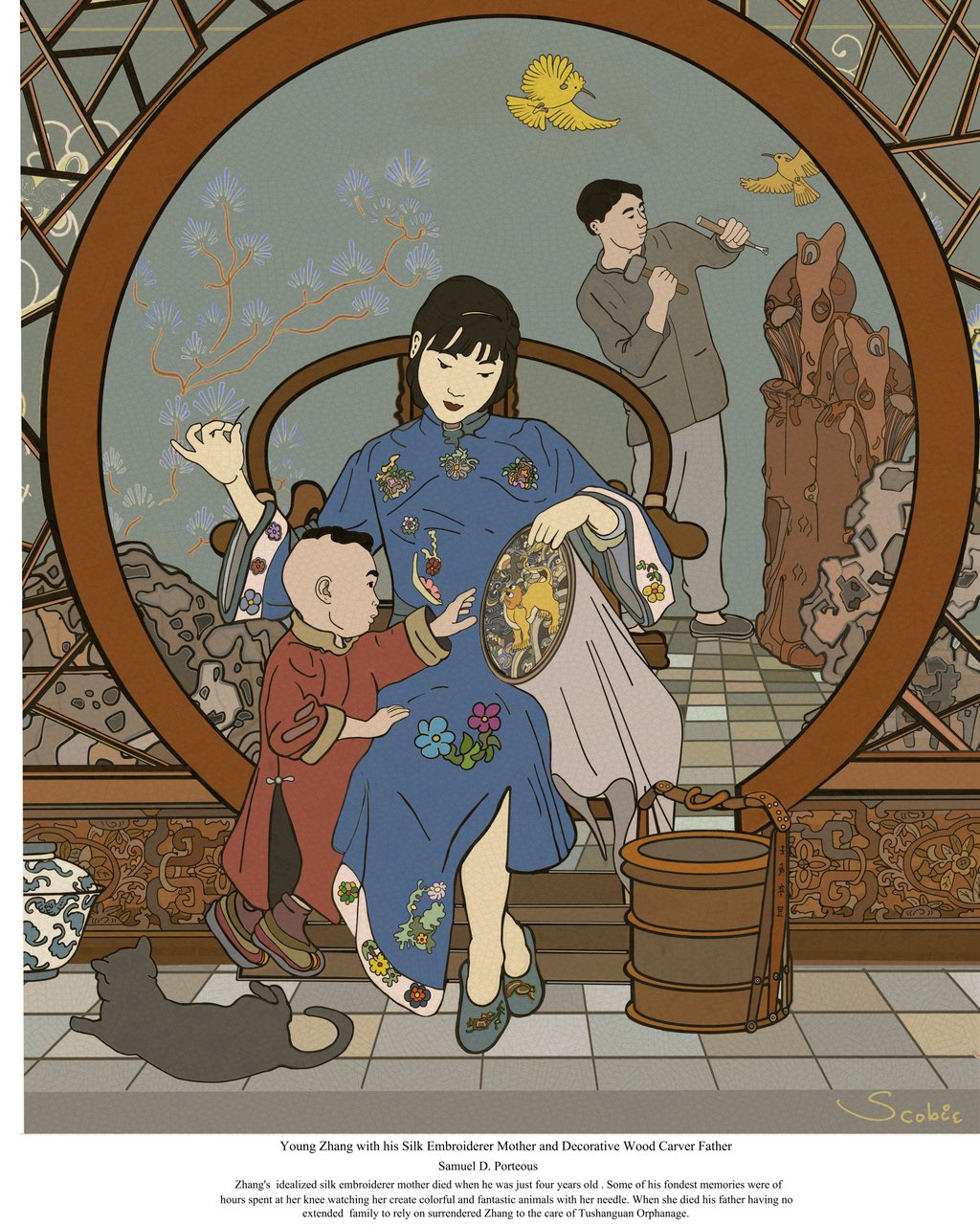Tintin’s real-life Chinese friend: how Hergé’s art and life was influenced by artist Zhang Chongren
- The bond between the creator of beloved boy reporter Tintin and a prominent Chinese artist was a meeting of great minds.

Born in 1907 and raised in a Jesuit orphanage in Old Shanghai, artist Zhang Chongren would become one of the greatest sculptors of his era, being called the “the Rodin of the East”.
In the mid-1980s, French cultural authorities even made a cast of his hands, an honour previously bestowed only on Auguste Rodin – considered the founder of modern sculpture – himself, and painter Pablo Picasso.
By the time Remi, known professionally as Hergé, first met Zhang, in May 1934, Tintin was enormously popular. What had started in 1929 as a roughly drawn comic strip featuring a crusading boy journalist who did not do much journalism, published in the conservative, sometimes fascist-friendly, Catholic Belgian newspaper Le Vingtième Siècle, had evolved into a fully fledged French-language phenomenon.

That would be The Blue Lotus (1935), which took the globe-trotting Tintin to China, where the heroic boy-reporter battles an international opium-smuggling ring in an Old Shanghai upended by the Sino-Japanese conflict of the 1930s.
